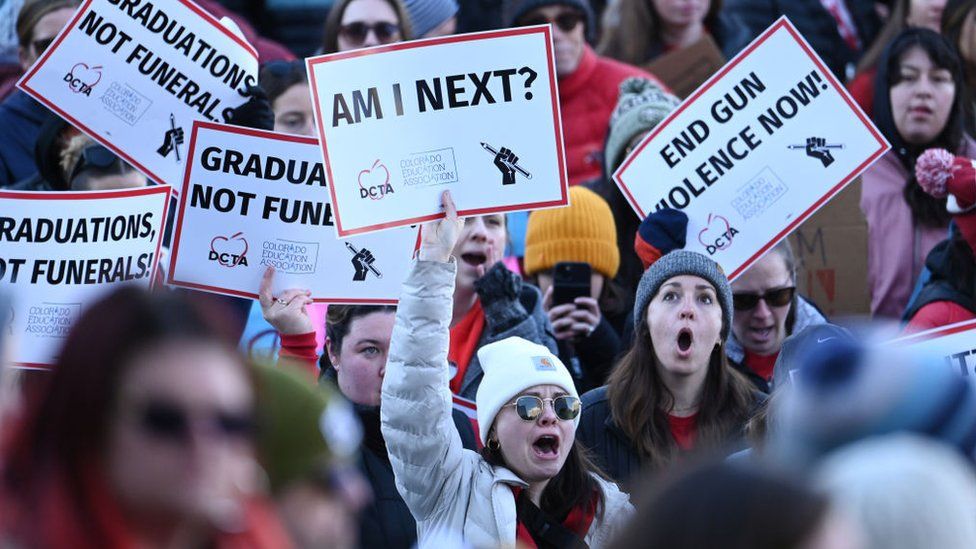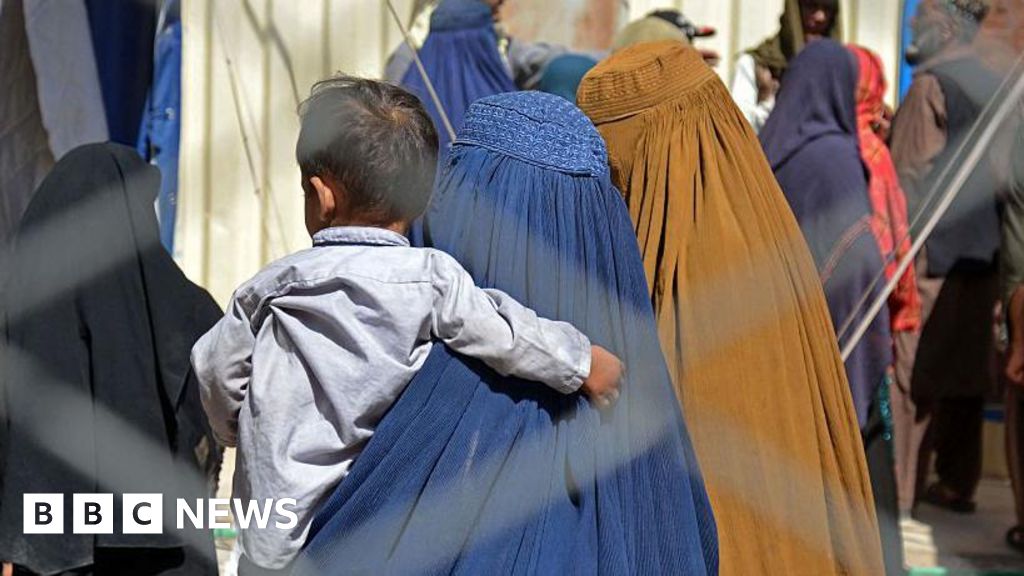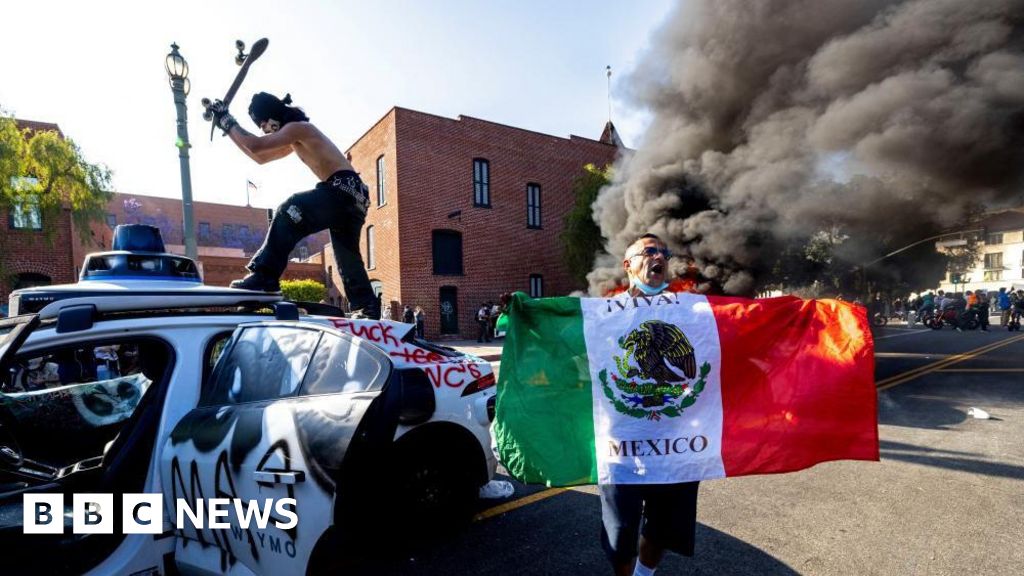ARTICLE AD BOX
 Image source, Hyoung Chang/The Denver Post
Image source, Hyoung Chang/The Denver Post
A March 2023 protest against gun violence in Denver, Colorado.
By Kayla Epstein
BBC News, New York
Ringing the wrong doorbell.
Driving up the wrong road.
Approaching the wrong car.
Losing a ball in a neighbour's yard.
These are the common mistakes for which everyday Americans have been shot over the past seven days - one of them as young as six.
Rather than mass shootings, it is these smaller, everyday incidents that account for a majority of firearms deaths and injuries in the US. And this week illustrated how these isolated acts accumulate into a larger portrait of gun violence in America.
"The main type of incidents that we have are, one or two people get shot," said Mark Bryant, director of the Gun Violence Archive. They have calculated 165 mass shootings so far this year, but thousands of smaller incidents.
An average of 50 people die each day in the United States from non-suicide gun incidents, and roughly 100 are injured, according Mr Bryant and the Gun Violence Archive.
Mass shootings are a small amount of the overall gun violence incidents in the country, he said. Those large casualty events "get extra attention", but make up only about 6% of total injuries and deaths.
Instead, many are stories like that of Ralph Yarl, a 16-year-old black teenage boy from Missouri, who was shot and wounded by a white homeowner after he mistakenly rang the man's doorbell on 13 April.
Or Kaylin Gillis, a 20-year-old woman shot and killed on 15 April when she and her friends mistakenly drove up the wrong driveway in New York state and a homeowner opened fire.
Or two high school cheerleaders who approached the wrong car in a Texas parking lot on 18 April, only for a man to get out and start firing and seriously wound one of them.
Or a six-year-old girl and her father in North Carolina, who were shot on 18 April after police say their basketball rolled into the alleged shooter's yard.
"The bullet came back and the bullet went in my cheek," the small girl told a local news station.
And those are just the stories that made national headlines.
"Gun violence touches every community in some way shape or form, even if it's less visible than some large mass shooting," said Kelly Drane, the law centre research director for gun safety advocacy group Giffords.
"It has felt very real to a lot of people this week: gun violence happens across our country every day," she said. "It takes an enormous toll on this nation."
Not all American communities are impacted equally; black people die due to firearms at higher rates than any other racial or ethnic group in the US. Firearm-related deaths rose sharply among black and Hispanic children during the Covid-19 pandemic, according to research by the Kaiser Family Foundation.
The shootings take place against a backdrop of increasingly polarised debates over access to and use of guns in the United States. Supporters of gun rights argue for fewer restrictions for purchasing, using, and carrying firearms, while proponents for gun safety continue to push for rules that limit access.
The Second Amendment of the US Constitution guarantees Americans the right to firearms, though to what degree is a matter of heated political and legal debate.
Conservatives, who often support Second Amendment rights, place the blame for gun violence on a broader mental health crisis or increased crime. Liberals, who tend to favour stricter gun regulation, point to levels of access to firearms in the US as the cause of the violence.
As of 20 April 2023, 12,719 people have died so far this year in gun violence incidents, according to data provided by the Gun Violence Archive.
Since 13 April, the day Ralph Yarl visited the wrong house, there have been 845 gun-related incidents in the United States, according to preliminary data from the Gun Violence Archive.
A small fraction of these incidents did not involve any shots fired, such as one 13 April incident where an adult left a loaded gun in the bathroom of an Atlanta, Georgia, primary school.
Overall, those 845 incidents led to 743 injuries and 328 deaths.
Next week, there will be more.
Chelsea Bailey, Brandon Dreno, and Madeline Halpert contributed to this report.

 2 years ago
49
2 years ago
49








 English (US) ·
English (US) ·